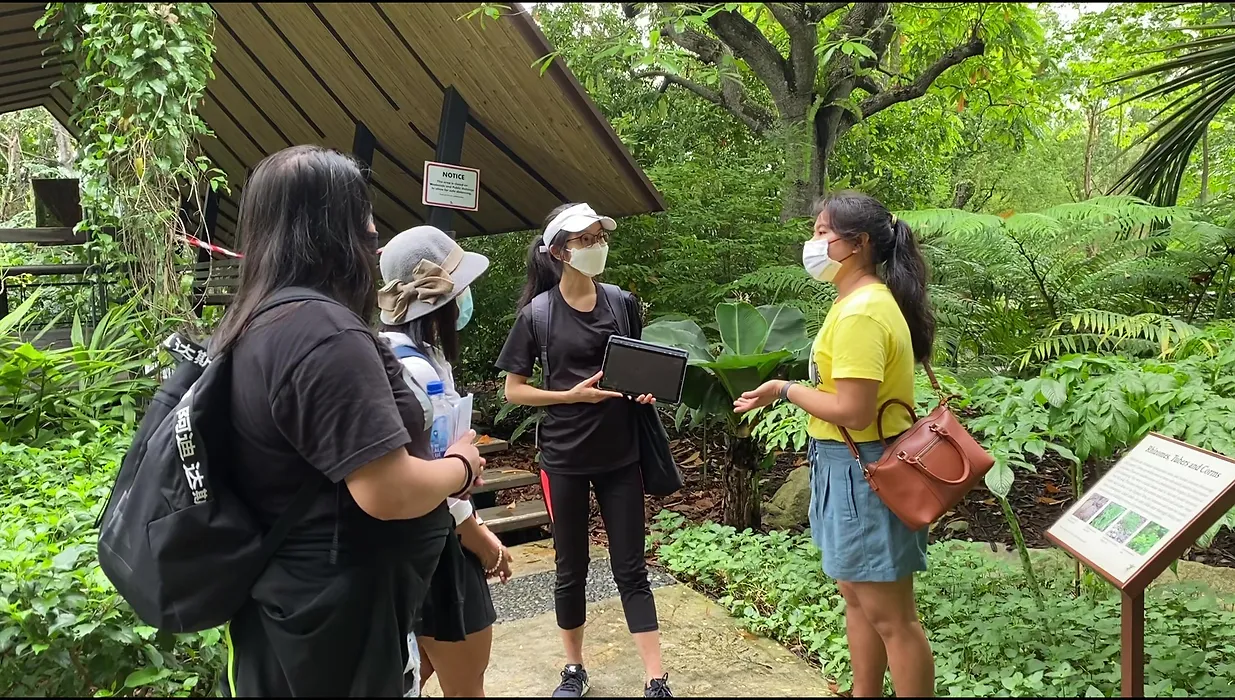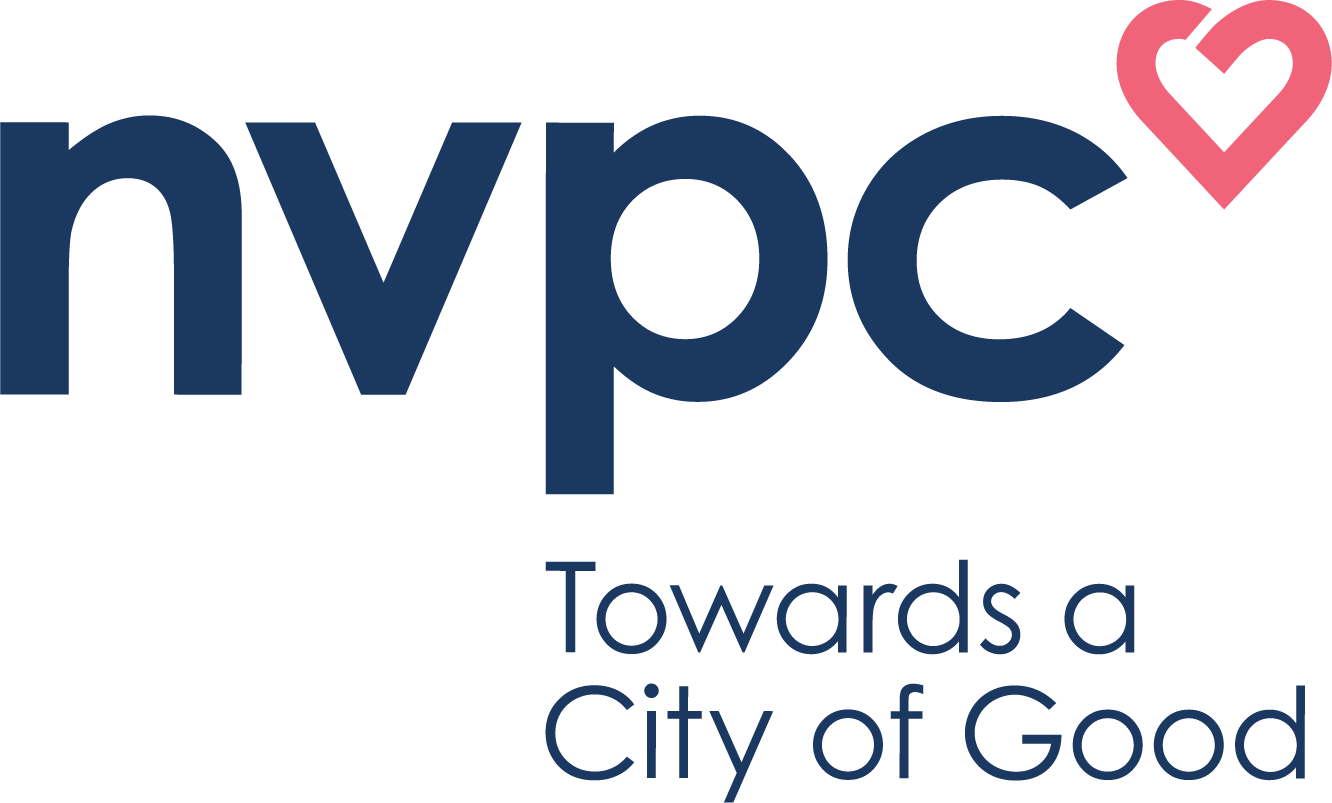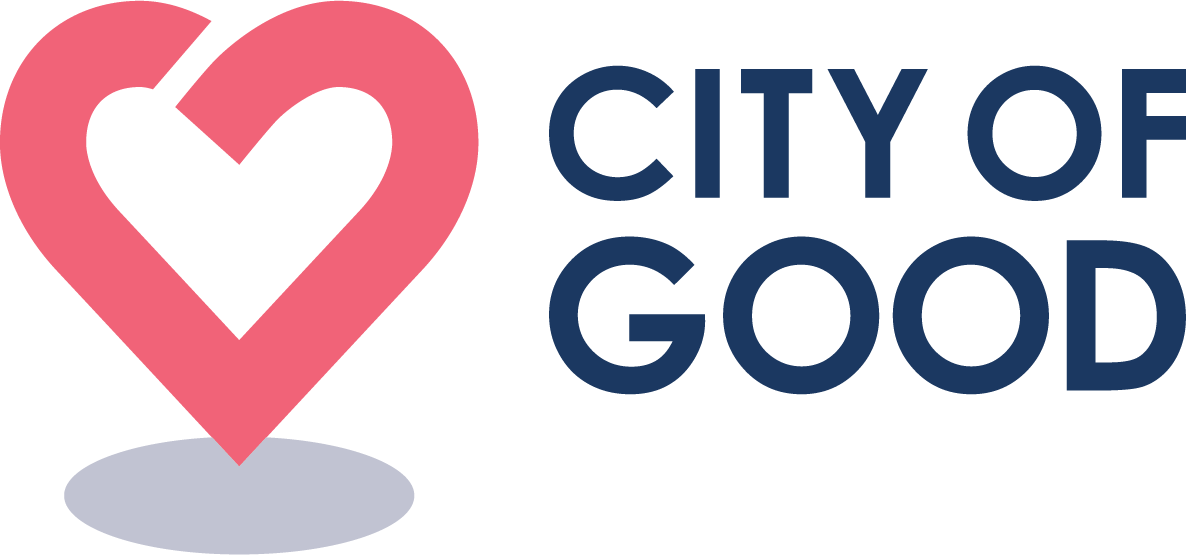Groundup Features: SayurStory

Man Wei, second from right, hosting SayurStory's Ethnobotany Walk (PHOTO: SAYURSTORY)
In this edition of Groundup Features: We speak with Man Wei, founder of SayurStory - a groundup initiative conceived out of Man Wei's interest for nature, heritage, community and participatory design. Hear from her as she shares more on how SayurStory engages Singaporeans and migrant domestic workers in conversations and activities that promote personal and cultural exchanges.
Hey Man Wei, thanks for joining us today! Please share with us more about yourself!
Hi, I am Man Wei, currently an undergraduate at NTU, majoring in Design! I am in my final year of school this semester.
I founded SayurStory back in June 2020 during the circuit breaker. It is a passion project with migrant domestic workers at its heart, combined with all my interests in arts, heritage, participatory design, community, and the environment. Migrant domestic workers are a group I grew to care about and understand more, only from increased exposure and interactions
What does your groundup initiative, SayurStory, do?
SayurStory aims to engage Singaporeans and migrant domestic workers (MDWs) in conversations and activities that promote personal and cultural exchange, based around food and the natural environment.
Through gardening, cooking activities and other initiatives that help us grow closer to the source of our food, we hope to also grow closer to the people in our homes and community.
What are some of the current projects SayurStory is working on?
Many of SayurStory’s projects have longer timelines or build upon each other, instead of being one-off. Currently, there are two main project threads.
The first is the SayurPlot project. It is a project to activate public spaces in the heartlands for MDWs to engage in gardening and community-building activities alongside locals. We are currently co-creating our own community garden with a small group of MDWs and volunteers.
The second is our Ethnobotany project. Ethnobotany is the study of the relationship between people and plants. This project involves more arts and heritage elements in presentation and engagement, with less hands-on gardening compared with SayurPlot. It is essentially a storytelling project about the ways we relate to plants and each other in Southeast Asia. We are exploring different forms for it, including facilitated nature walks, tours, workshops, and exhibitions.
What’s next on the pipeline for SayurStory?
Projects in the pipeline include climate conversations, biodiversity walks and food rescues with MDWs. I hope to include more initiatives focused on environmental causes as these women come from some of the countries most badly affected by climate change, and the lived experiences that they share with us is something we cannot deny.
Floods and erratic weather conditions have devastated their homes and family businesses, especially those in agriculture. We are essentially allies fighting to protect our home together, I think it is very important that we include them in these conversations about the environment, looking at helper-employer partnerships in the home as well to tackle things like food waste together.
At the bottom line of all SayurStory activities, we hope to use nature-based connections to help MDWs and Singaporeans deepen mutual personal and cultural understanding.
What or who was the inspiration behind SayurStory?
I think the real spark was when I started working on a placemaking project for MDWs in my second year of university, responding to the Lucky Plaza incident and debate about public spaces for them. However, COVID-19 happened, so my project did not manifest as it was meant to be a spatial intervention. Instead, the research for it led me to develop SayurStory as a personal project, responding to the sudden explosion of interest in gardening among Singaporeans during the circuit breaker. I have always loved nature and enjoyed nature walks, but it was only during the pandemic that I started growing my own edible plants at home and invested so much time and energy in nurturing them.
With my own helper, whom I address as “Auntie” and is like my second mom, I discovered the potential of gardening as an activity to sprout conversations that bridge understanding. Her deep connection with the land and experience farming back in Indonesia, helped me realise that other MDWs might be similarly empowered to share their knowledge and stories with Singaporeans.
SayurStory started as an online initiative to raise awareness for MDWs in Singapore and connect them with community through virtual means. However, as safe-distancing measures started to relax, it was obvious that there was a greater need for physical engagements in the outdoors - outside the home or workplace that they were otherwise cooped up in throughout the week. We saw a drop in the turn-ups for our online gardening workshops and knew that we had to re-evaluate the real interests of the MDW community to support them meaningfully.
We’ve since organised several garden and farm tours, nature walks and coastal clean-ups for the community to get together - in various group sizes adjusting to ever-changing safe-distancing regulations.
What keeps you going as founder of SayurStory?
My passion in all the different subjects that SayurStory is made up of, is a large part of what keeps me going, but equally or more crucial – is the support from volunteers, partners and even the MDWs in the community (Kampung SayurStory). Most might view MDWs to be beneficiaries and expect them to only ever be on the receiving end, but I’ve learnt of their tremendous capacity as givers, with the heart and drive to support and uplift others with their own means. I’ve gotten a lot of guidance and advice from some of them in the way I manage SayurStory.
What really keeps me going might be the relationships built with the MDWs and the trust that they put in me; the feeling of wanting to support them in the same way. I definitely experience burnout sometimes, no matter how strong my passion, but I take active steps to try to tackle them.
Did you encounter any challenges along the way and how did you solve them?
There are quite a few.
When you are starting, and even now, there will always be knowledge gaps. Sometimes you will think to yourself, “how about I use some time to research and focus on plugging this knowledge gap, learn their language, upskill in areas that I lack...?” However, I reflected that if I kept at pursuing ‘prerequisite’ knowledge and skills only, without applying them, I would never have taken any meaningful action to create impact. It would also never be possible anyway to “completely” fill my knowledge gaps since there isn’t an “end” to learning.
It is crucial that I do my own personal study to plug these gaps, but concurrently engage the MDW community as well. From each experience, I grow and learn a lot more about myself and others. I’ve had to learn to be comfortable with my shortcomings and accept my room for growth as motivation to do better.
A greater challenge for me is volunteer management. I started SayurStory mostly on my own, although I had a friend who supported me in the beginning stage. She was however not part of conceptualising the project. For my ambitious hopes for SayurStory, I knew I needed more people on board, and volunteers who could plan and change processes together with me, beyond executing plans. It was however challenging to recruit and retain volunteers with the required skillsets and commitment levels, from both within and outside my social networks.
The volunteers I recruited from public open calls came from all walks of life. Some were older than me; their ages range from secondary school students to working adults. At the start and even now I sometimes doubt I have what it takes to lead a volunteer group with my vision alone, bringing together different strangers. Every time I give an induction to someone older than me or with more experience, it feels odd and unfamiliar. With time however, I have learnt to be comfortable with it and have more faith in myself, keeping my purpose and motivations in mind. I do not position nor think of myself as a perfect leader, but I am glad that our few volunteers have offered their precious time and effort for the cause regardless.
Oh, another challenge is writing emails for grants and partnerships. I admit I face some issues with the administrative work, but it’s a learning process and I’m a work in progress. There are a lot of different learning curves thrown at me, especially since I’ve never started anything like SayurStory before.
Any advice for those who are keen to start their own groundup?
I started SayurStory as a passion project, but it slowly evolved into a self-proclaimed ground-up initiative, which I’d never expected. Maybe a few points I can offer is to keep an open mind and heart; in terms of sharing and exchanging ideas. Being interested foremost in the cause of your ground-up is definitely important too, so that you will have greater motivation and always remember why you are doing what you are doing. It is important to envision what you want at present, constantly revisit these goals, and take baby steps to work towards them.
Collaborations are also very crucial as you can do so much more when you do things with others. Find a support system in the network and help one another out! So many causes are intersecting and have shared visions.
Oh, and always be sure to engage in self-care. As a founder, you are typically the one with the most drive and enthusiasm. That can sometimes blind you to everything else while you pursue your vision. But it is always important to take some time off to pause, care for yourself and the people around you. To find a balance between “work” for your ground-up and rest is difficult, but it must be done. There is a direct correlation with the quality of your work and the way you lead and influence the team when you take proper care of yourself.
Communications are also crucial - make sure people are understanding your ideas correctly, and if not, always clarify. Miscommunications are one of the worst things that can happen, and it will jeopardise your progress. Likewise for accountability to all the people you are engaging with, and your volunteer team.
Finally, how do you hope your initiative helps Singapore become the City of Good?
I hope that SayurStory inspires other similar initiatives. We are simply putting the idea out there that MDWs and locals can share meaningful and positive interactions, coupled with encouraging others to venture on their own based on the same idea. On one hand, I think our online and on-the-ground activities contribute to tangible direct impact for the MDW community. On the other hand, I hope that we are also contributing to a cultural mindset shift – presenting alternative narratives and ways to think of our relationships with one another, the environment and what we could do as individuals or as a collective.
Every initiative is important and meaningful, regardless big or small.
Fun-fact question! If you had to choose a favourite plant, which would it be?
This is a tough one. I will not go into the exact species of the plant; I will just choose a family.
Palm. There is just so much cultural significance surrounding palms in our region, and there are so many different kinds! They don’t all look the same, and have unique appearances if you just pause to look closely. Everything from the fruits to the leaves, all of its parts can be used in diverse ways! Fun fact as well, there are many types of gula or palm sugars that can be produced from them. Gula jawa or gula melaka is from coconut by the way.
People often have the impression that palms only grow by the sea at beaches, just like how they are portrayed in cartoons and movies settings, but palms are literally all around us in our neighbourhoods!
* This feature has been edited for clarity
About the authors:
Millanda is a volunteer writer from Skills For Good, who hopes to inspire and value-add to others through her writing pieces.
Jannelle is Content Producer at Groundup Central. Armed with her camera, she looks forward to meeting & documenting the everyday heroes of our lives.
Join our mailing list to get updated on the latest groundup happenings!
National Volunteer & Philanthropy Centre
- 6 Eu Tong Sen St, #04-88 The Central, Singapore 059817
(+65) 6550 9595 - groundups@nvpc.org.sg
Copyright © 2023 Groundup Central. All rights reserved.

